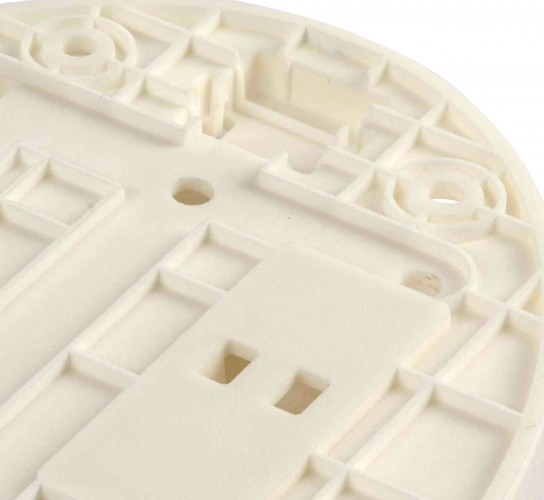Selective Laser Sintering (SLS)
Selective Laser Sintering (SLS) is the second most commonly used process after Stereolithography (SLA). SLS parts can be produced with high functionality in very short lead times.

Plunkett Associates have been pioneering this process over the last 20 years and have the experience and knowledge to guide you through your process options.
SLS for functionality testing
We know that by selecting SLS models, whilst accuracy and surface finish are not as good, the real benefit is the functionality that can be achieved.
Working with nylon, (or a filled nylon), SLS parts demonstrate a level of toughness that even permits on board usage in today’s Formula One cars. This functionality is also behind the success that Selective Laser Sintering has achieved in Rapid Manufacturing.
Whilst the process is faster than Stereolithography (SLA), there is a requirement for an appreciable cool down period post build. This is due to the process operating close to 180 degrees Centigrade, and it is vitally important that SLS models are allowed to cool naturally. Trying to improve delivery times by short cutting the cool down process inevitably results in component distortion.
Typical turnaround is 5 – 7 days
Whilst deliveries are always tailored to customer requirements, a typical turnaround would be 5 – 7 days, however small projects can be faster.
It is also worth noting that whilst the standard SLS materials (nylon or glass filled nylon) are white and provide durable, rigid and stable parts, sometimes you might need something a little bit tougher or a little more flexible – or even in black. The good news is there are options for these and Plunkett Associates can deliver both!
The following articles give further information, ‘Should I use SLS or SLA for a functional prototype?’ and ‘What are the differences between SLA and SLS?’
Need metal or plastic parts laser sintered? Get in touch today.
“They were, as usual, thorough, professional and delivered exactly on time.”
Mike Ayre, Crucible Industrial Design






















